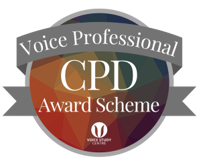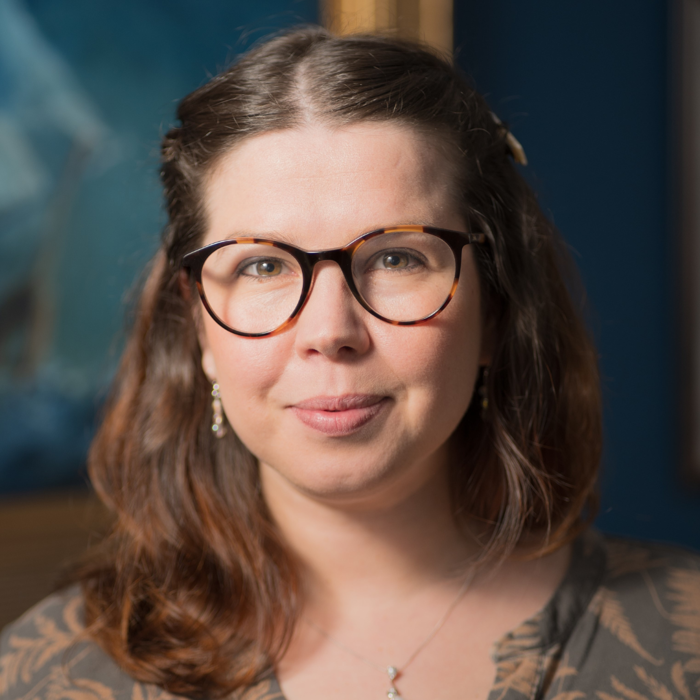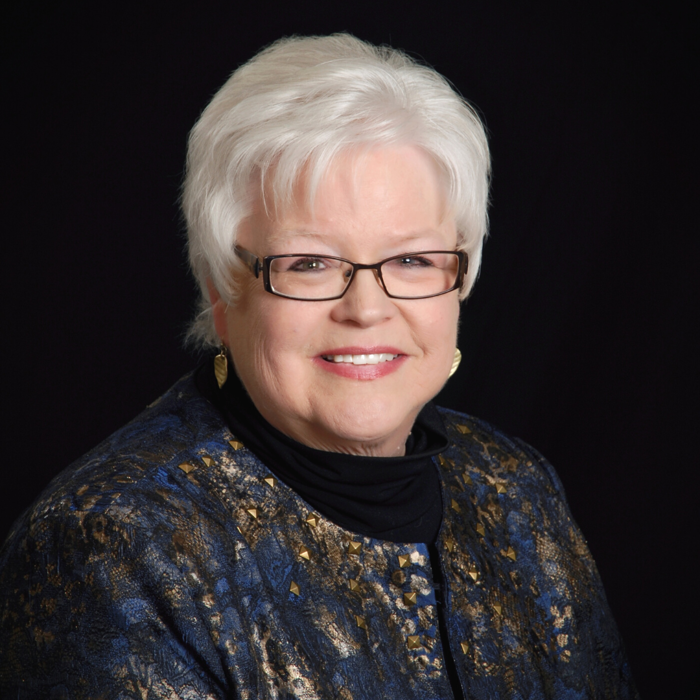Introduction to gender-affirming voice coaching
Tuesday 21st January 2025, 12:00 PM - 2:00 PM (London Time)
This introductory short course is aimed at those who work in voice coaching and/or therapy who wish to develop some basic knowledge and skills in working with trans and gender-diverse people to support voice and communication exploration. The course outline has been co-created with an expert by experience and it is anticipated that there will be a short contribution during the session. We will begin with the cultural context and how vocal coaches, voice teachers and voice and communication therapists can build a gender-affirming practice.
We will explore broader aspects of vocal identity and expression before considering:
- The vocal parameters within power, source and filter, for example pitch, resonance, vocal weight, including a brief look at apps and measuring pitch.
- The principles of gender-affirming voice exploration, for example motor learning, contrastive practice, hierarchy and feedback, play.
The course will offer a blend of theoretical discussion and practical demonstration and participation, encouraging participants to explore their own voices within the context of gender, identity and behaviour change.
Finally, we will broaden out again to explore transferring vocal behaviours into social interactions, and the challenge of sustaining change in more complex communication settings, such as the telephone and assertive skills. We will include the value of both individual and group work, and using improv and role-playing methodology.
We will look at some recommended resources including online sites.
Suggested course pre-reading:
Jackson Hearns L. 2018 One Weird Trick: A User's Guide to Transgender Voice. The Voice Lab Inc.
Mills M. & Pert S. 2024 Working with Trans Voice: A Guide to Support and Inspire New, Developing and Established Practitioners. Routledge.
Mills M. & Stoneham G. 2021. Voice and Communication Therapy for trans and Non-Binary People: Sharing the Clinical Space. Jessica Kingsley.
Mills M. & Stoneham G. 2017 The Voice Book for Trans & Non Binary People. Jessica Kingsley.
Gillie Stoneham
Gillie has many years experience as a lecturer and specialist practitioner in voice & communication and counselling skills. She began practicing in the field of gender affirming voice and communication in 2006 and established a voice service at the West of England Gender Identity Clinic in 2021 as Consultant SLT.

Attend this course for as little as £22 as part of the Voice Professional Training CPD Award Scheme.
Learn MoreSorry, this is an archived short course...
We have plenty of upcoming short courses coming soon. See details of some of them below or look at the full list of short courses.

Monday 12th January 2026
12:00 PM - 1:30 PM
Tuesday 13th January 2026
12:00 PM - 1:30 PM
Wednesday 14th January 2026
12:00 PM - 1:30 PM
Thursday 15th January 2026
12:00 PM - 1:30 PM
Tuesday 20th January 2026
12:00 PM - 1:30 PM
Wednesday 21st January 2026
12:00 PM - 1:30 PM
(London Time)
Level One Certificate in Accents and Phonetics

Louisa Morgan
Are you a voice, acting, or singing coach looking to expand your expertise and add accents and phonetics to your teaching repertoire? This 6-session course covers essential topics such as articulatory, acoustic, and auditory phonetics, the International Phonetic Alphabet (IPA), and ethical approaches to accent and dialect coaching. By the end of this course, you'll be equipped with the knowledge and practical skills to start to bring phonetics and accent coaching into your coaching and provide more comprehensive support to your clients.


Monday 12th January 2026
2:00 PM - 4:00 PM
(London Time)
Emerging and Developing Voice: Singing and Speech

Karen Brunssen
How does the singing voice influence the speaking voice? How does the speaking voice influence the singing voice? When is there a disparate relationship between the two? Can they help each other? Can one harm the other? How can we use them positively in the voice studio. During this short course we will consider the voice as we sing and as we speak. The acquisition of language is a very interesting journey from birth through old age. We will broach the topics of “lexical” which refers to learning words, and “semantic” which is how we use words in the context of language.


Monday 12th January 2026
5:00 PM - 7:00 PM
(London Time)
Perfectionism: A Theoretical & Clinical Overview

Dr David Juncos
What exactly is meant when we label ourselves or someone we know a perfectionist? It is a good to be this way? Or are you setting yourself up for failure? Can a performance psychologist or a other performance-related practitioner help you if you’re a perfectionist? In this short course, you will learn how perfectionism is defined according to popular models in clinical psychology, and whether it is maladaptive or adaptive. You will also learn how perfectionism impacts on music performance anxiety, in addition to other areas of importance for performing musicians, like work-related stress and burnout, and procrastination with one’s practice.
